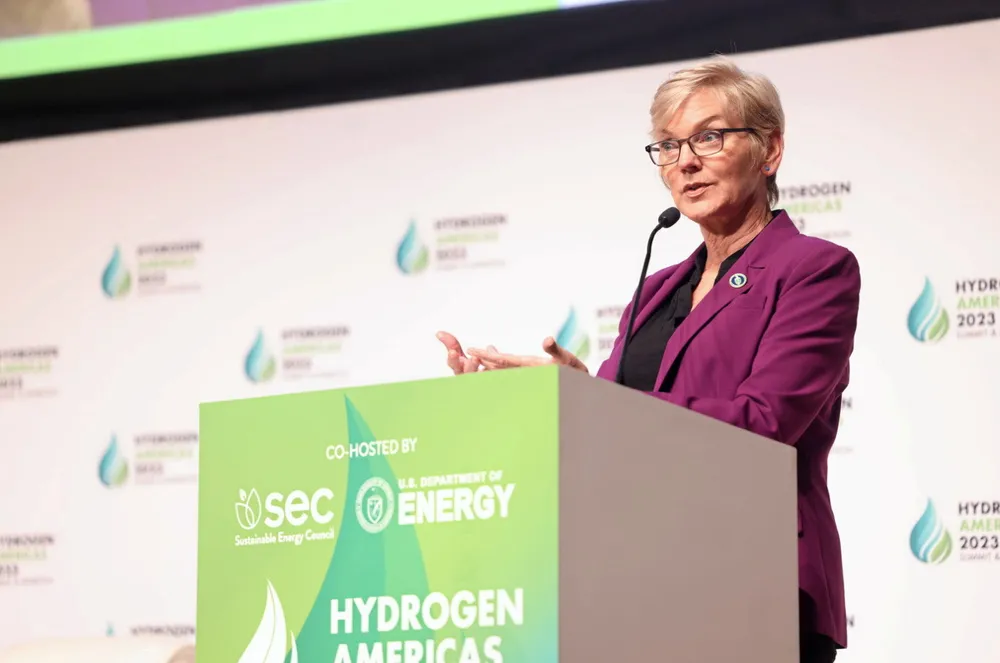EXCLUSIVE | Publication of critical US green hydrogen rules 'pushed back to end of year due to legal concerns': source
Delay suggests officials are expecting lawsuits when regulations are finally unveiled

Delay suggests officials are expecting lawsuits when regulations are finally unveiled
